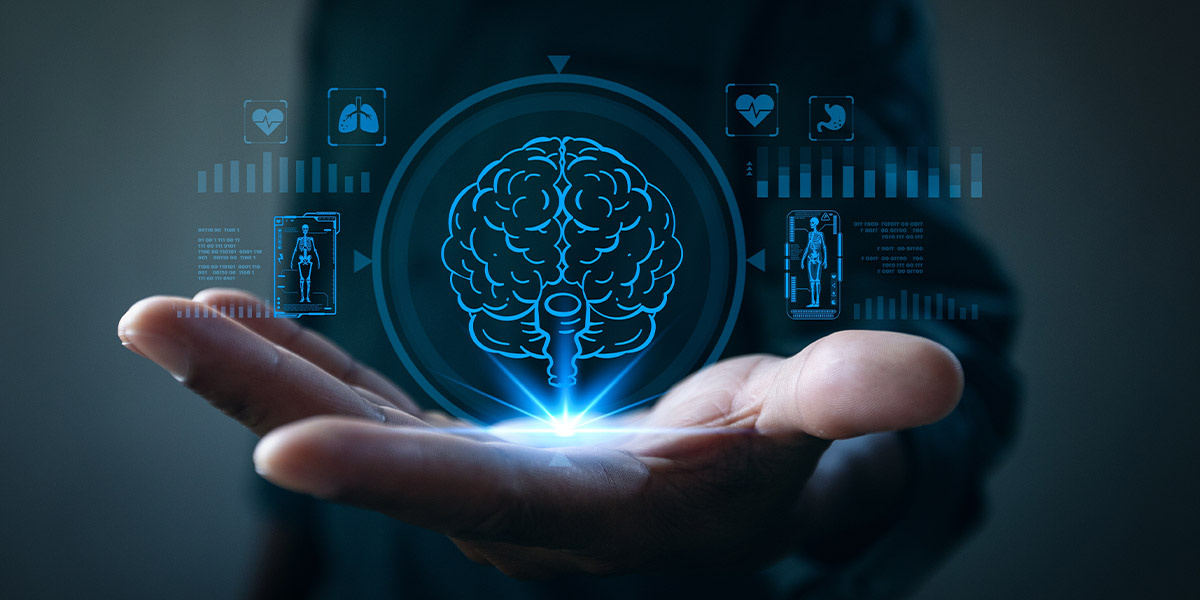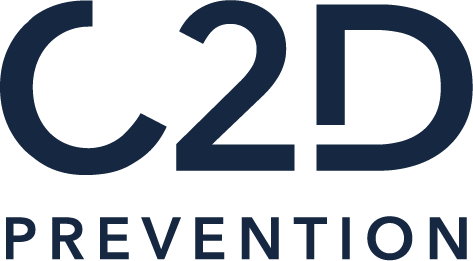Home > Mission
C2D Prevention’s Mission

COMPREHENSIVE SUPPORT:
A Comprehensive Approach to Embedding Prevention, Health & Safety within Your Organisation
At C2D Prevention, our mission is to develop and preserve employee safety, both individually and collectively.
Our objective is clear:
to ensure a well-managed culture of physical and mental health and safety—addressing not only legal obligations, but also the strategic challenges of business performance and sustainable growth.
In a context where employee physical and mental safety is a key success factor,
we are committed to guiding organisations towards robust and realistic solutions.
Indeed, a company that invests in the mental and physical balance of its people not only ensures more consistent productivity and a stronger employer brand, but also fosters a richer and more fulfilling working environment.
Objective Continuous Infusion of a Managed Health and Safety Culture
To further advance mental and physical risk prevention measures, C2D Prevention focuses on the Infusion of a well-managed health and safety culture within organisations.
This involves embedding values, attitudes, beliefs, skills, and both individual and collective behavioural and organisational models, shared by all members of the company at a given time.
Moreover, culture is not static—it is dynamic, shaped and nourished by the enterprise in which it is rooted. Its trajectory is unique to each organisation.
Therefore, C2D Prevention designs support strategies not only to integrate this culture but also to empower organisations to autonomously manage and evolve it in line with their internal dynamics.
Process That Addresses Both Human and Organisational Needs
The company and the employee are two distinct entities with their own expectations and constraints. Yet, their functioning is inextricably linked.
When an employee feels heard, supported, and valued, the company benefits from a more stable social climate and greater resilience to economic challenges.
Conversely, a thriving organisation—economically and socially—is better equipped to create a rewarding and motivating environment for its employees.
1|Analysing employee expectations and perceptions
as well as occupational risk factors, in order to identify levers for improving workplace well-being and safety-physically and mentally.
2| Developing and adjusting individual, managerial and organisational strategies
to effectively prevent accidents and mental health issues, while promoting safe and attractive working conditions.
Approach A Holistic Approach: Legal, Neuroscience and the Human Factor
dual framework :
C2D Prevention aims to foster employee well-being and safety. As these two aspects share a common root—the human factor—and each influences the other’s performance, our approach is grounded in a dual framework:

Legal and Neuroscience

Human, Organisational and Technical Dimensions
1|Legal & Neuroscience

1.1 Legal Framework:
Safety for the Business and its Employees
Occupational risk prevention is a critical issue for all companies. Ignorance of health and safety regulations can have serious consequences: legal proceedings, financial penalties, and reputational damage.
C2D Prevention helps organisations understand the legal and regulatory framework surrounding workplace accidents—whether physical or psychological.
We raise awareness among leaders and managers about their legal obligations so they can anticipate risks and implement appropriate measures, primarily to protect their employees, and secondly to avoid legal liability.
By gaining a clearer understanding of their duties and responsibilities (e.g. Articles L4121 and L4122 of the French Labour Code), organisations can take proactive measures to ensure a safer working environment for all.
1.2 Neuroscience:
Understanding and Optimising the Human Factor
Integrating neuroscience into risk prevention provides concrete levers to better structure work constraints in a way that supports humans, rather than forcing humans to adapt to them (PGP No. 4).
In practical terms, this means understanding how the brain works, and how it influences behaviour and decision-making, to implement truly effective, human-centred prevention measures.
2| Human, Organisational and Technical Dimensions

2.1 Human Dimension
Objective :
To improve focus, stress management and individual engagement.
Optimising working conditions
by aligning with employees’ biological and cognitive rhythms to reduce risks related to fatigue, errors, and distractions.
Preventing stress and burnout by recognising early warning signs
and implementing targeted strategies to reduce mental and emotional strain.
Strengthening emotional and collective
intelligence through management approaches that foster healthy interpersonal relationships and a safer, fairer working culture.
2.2 Organisational Dimension
This involves the rules, procedures, operational management, and support structures that encourage safe behaviour.
The goal is to create a clear, coherent, and accountable working environment.
In the QLWC (Quality of Life and Working Conditions) context, this also includes:
Creating physical or intellectual spaces for meaningful collaboration, dialogue and listening—enabling
human needs to be captured, understood and integrated into work organisation.
Structuring work in line with cognitive capacities and biological rhythms,
thus improving effectiveness and reducing risks linked to fatigue or mental overload.
Example: Adjusting working hours and workloads according to natural concentration cycles.
2.3 Technical Dimension
This dimension includes all equipment, tools, protective systems and technologies designed to prevent risks.
These serve as physical barriers against incidents and help reduce human error.
When well-designed and maintained, they enhance the overall robustness of the safety system.
Conclusion
Our model is based on a detailed analysis of the interaction between the company and the individual, seen as interdependent and complementary entities.
This dynamic is particularly evident in the interconnections between their internal and external factors—intertwined and influential on both well-being and performance.

At the organisational level, we consider:
The external environment,
including regulations, legal developments, and prevention obligations
The internal environment,
encompassing work organisation, company culture and managerial relationships

At the individual level, we assess:
The external environment,
including working conditions and professional expectations and constraints
The internal functioning,
referring to cognitive and emotional responses, stress management, and motivation
By combining these dimensions, C2D Prevention enables organisations to take comprehensive, grounded action with solutions tailored to real-world conditions.
